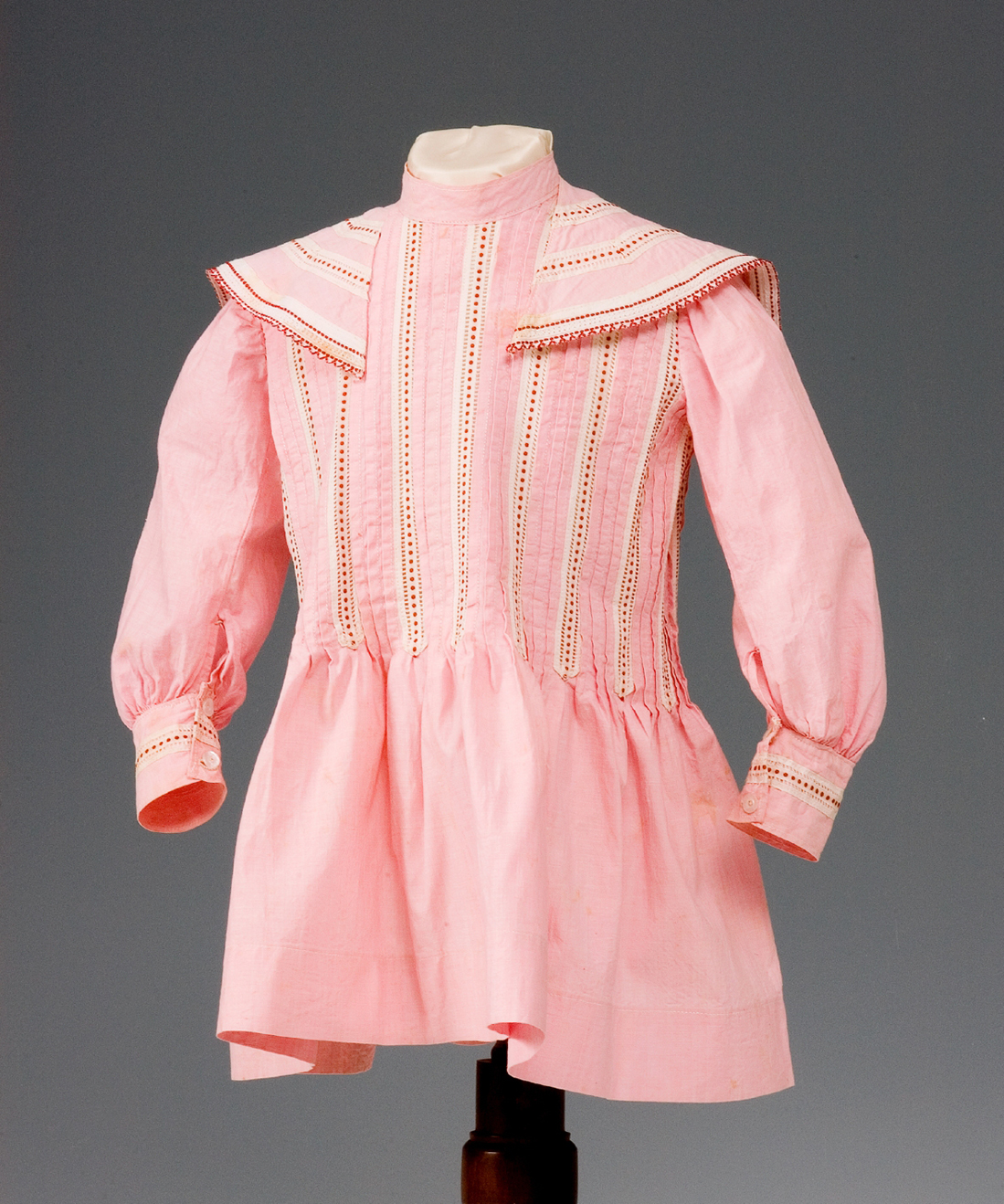
Click here to view image
Infant dress
cotton cloth

Click here to view image
Infant dress
cotton cloth

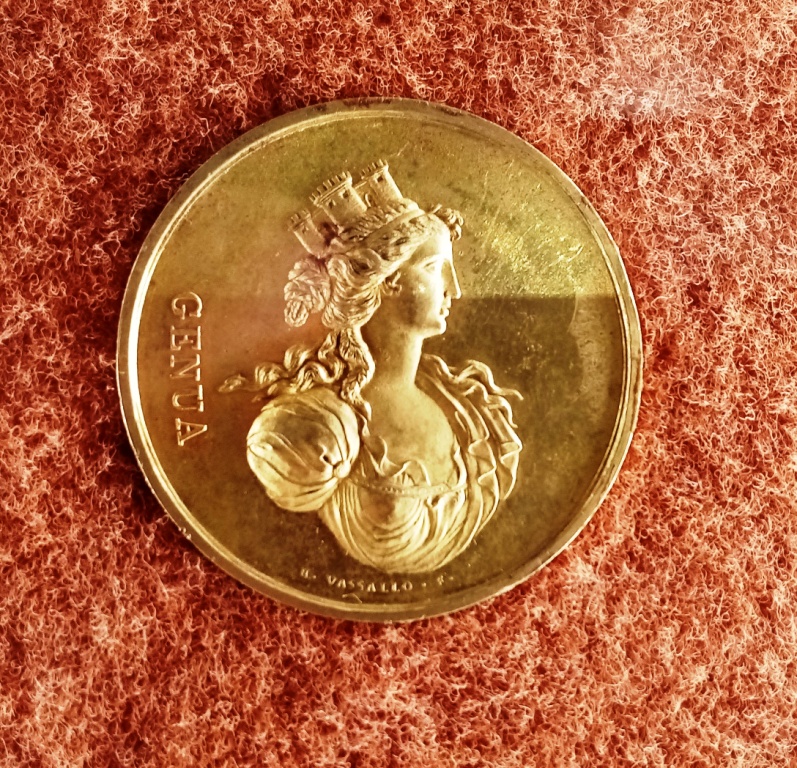
Click here to view image
Medal with bust personified of the city of Genoa
It is the work of the great engraver Gerolamo Vassallo, active between the end of the 700 and the first 800. The personification of the bust with turreted head of Genua is inspired by circular models in the French medallist physiognomy of the time.

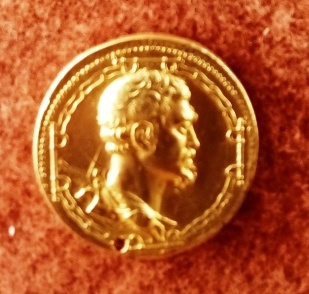
Click here to view image
Medal of Andrea Doria
It is in gold and it represents the great Genoese Admiral in the iconography of the imperial Roman coins

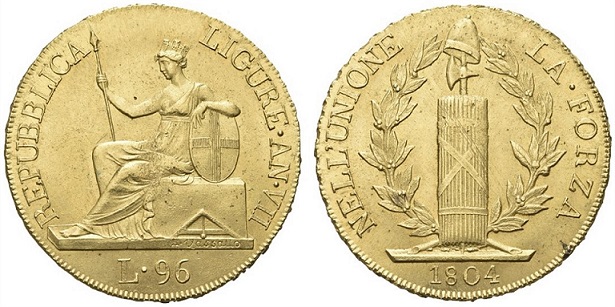
Click here to view image
96 lire 1804
It is the largest nominal gold coin minted by the Ligurian Republic, born with the fall of the Ancien Régime. by the French Revolution. New and marked by the new revolutionary values is the iconography of Liguria, of the Phrygian cap, etc.

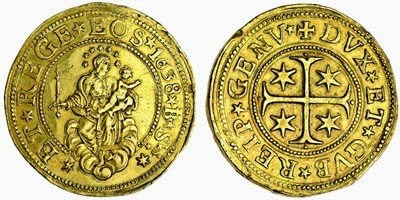
Click here to view image
25 doubles with effigy of the Madonna Regina of Genoa
It is a big pure gold coin (165 grams) used in international negotiations by bankers and financiers of the so-called "Siglo de los Genoveses", a real status symbol of the great aristocratic families of the city

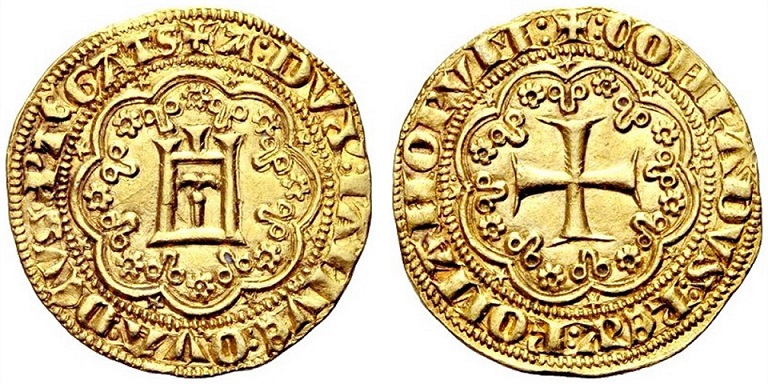
Click here to view image
Genovino of the doge Simon Boccanegra
Simon Boccanegra is the first doge of Genoa, dux Ianue as it appears from the legend of the coin

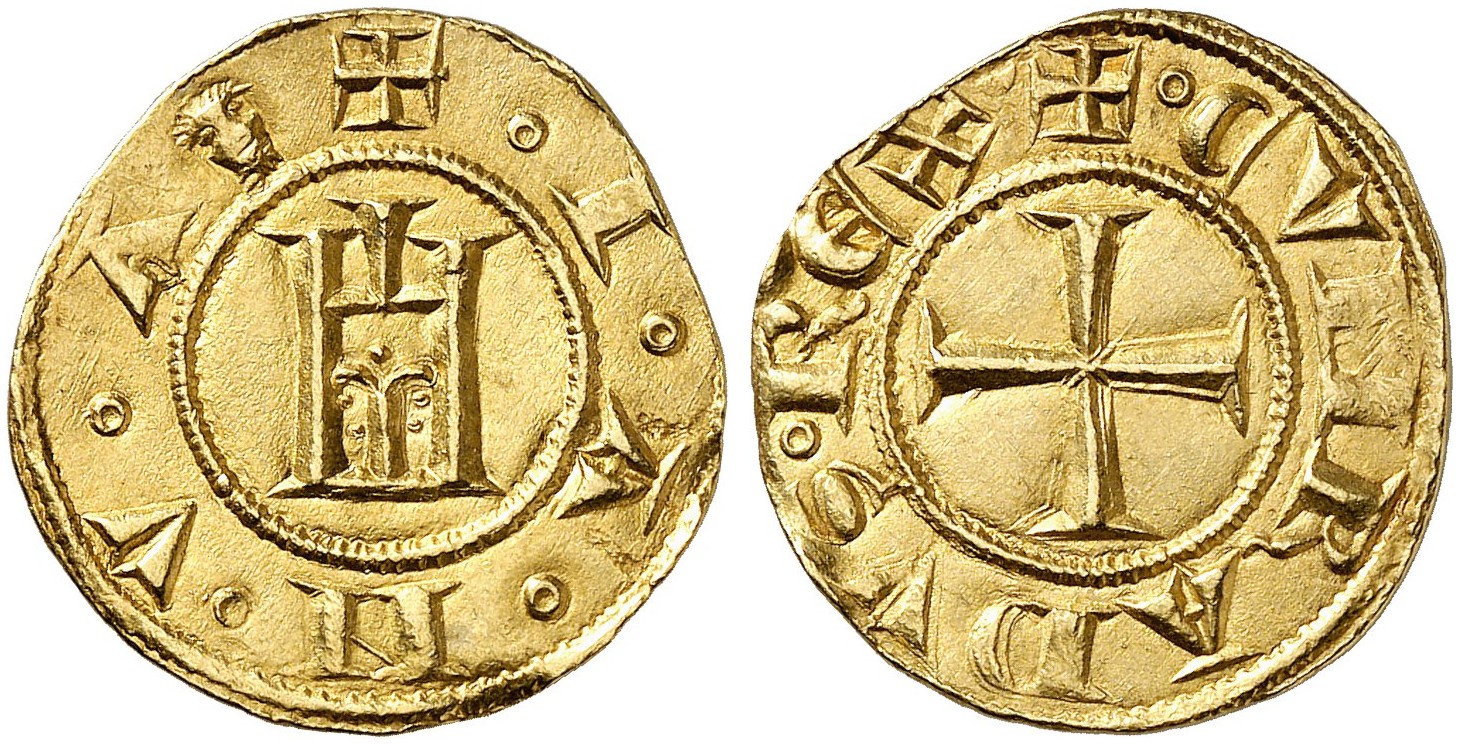
Click here to view image
Genovino
It is the first gold coin minted in Genoa and perhaps in Italy by the free communes after the death of Emperor Frederick II. In order to support in fact the increase of the genoese commercial traffics there is in 1200 urgent need of coins from the greater value.

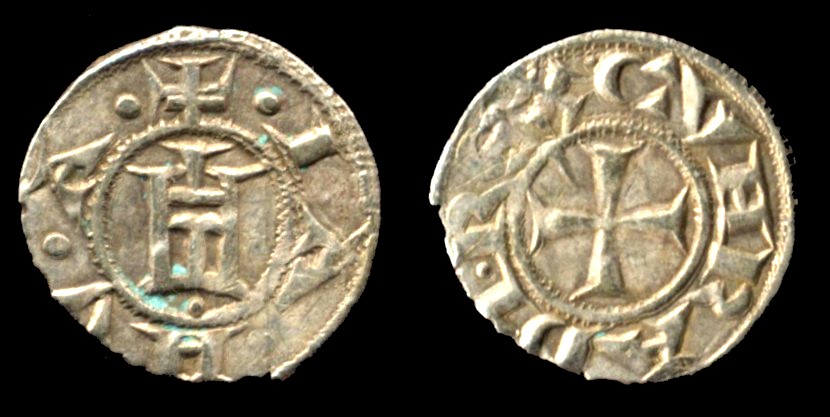
Click here to view image
Money of Genoa
These coins are the first coins minted independently from Genoa, after 1138 when the Emperor Conrad II authorized the creation of a mint in the city

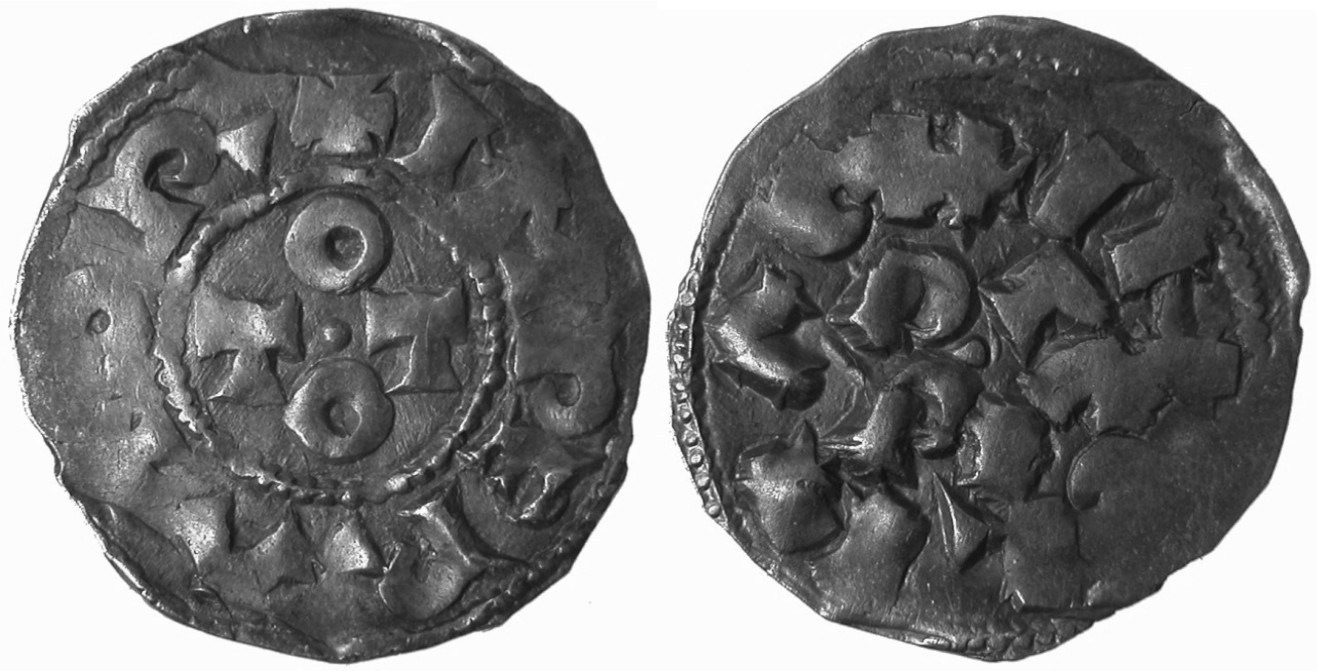
Click here to view image
Money of Pavia
Before the establishment of its own mint, Genoa used coins from other cities such as this silver coin from nearby Pavia

Click here to view image
Franco Albini (Robbiate, 1905 - Milano, 1977)



Headquarters:
Municipality of Genoa - Palazzo Tursi
Via Garibaldi 9 - 16124 Genoa
C.F / VAT 00856920102